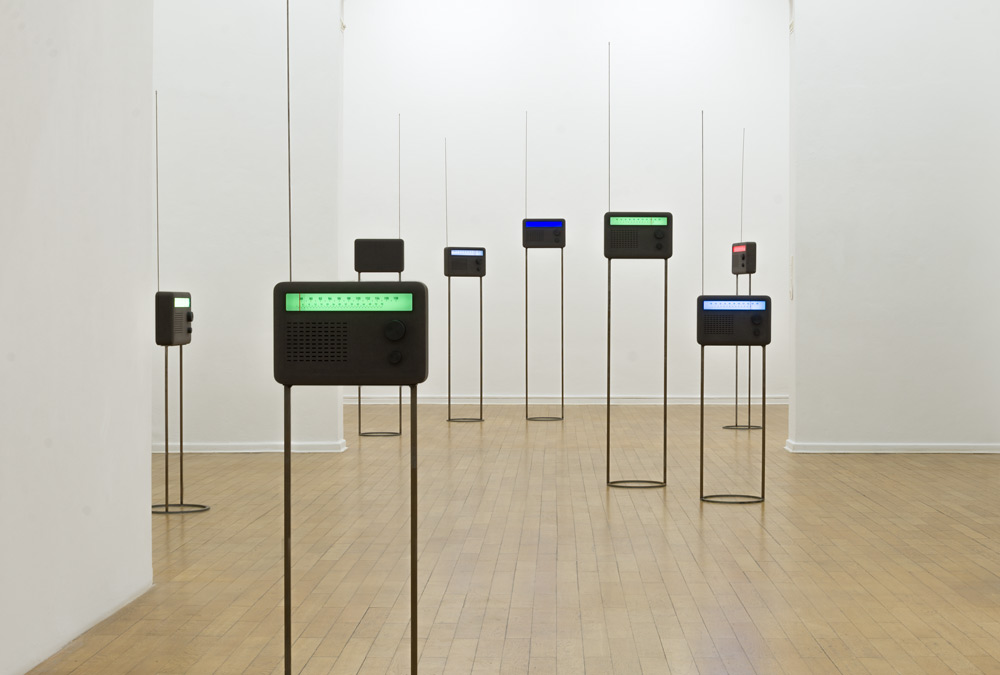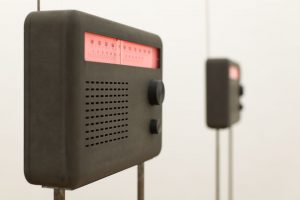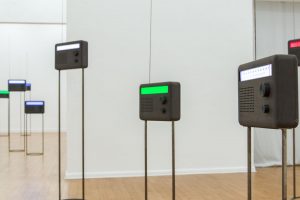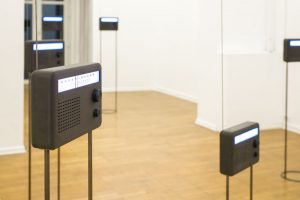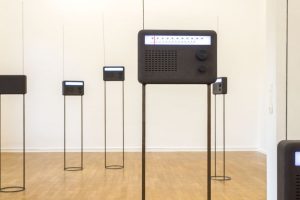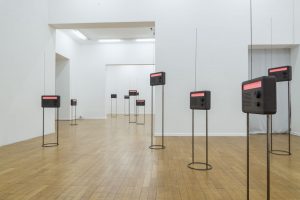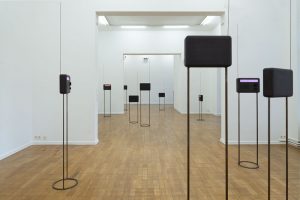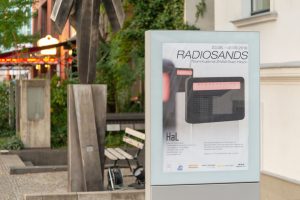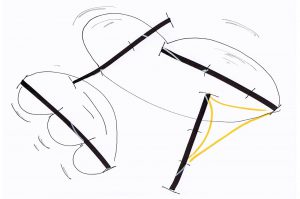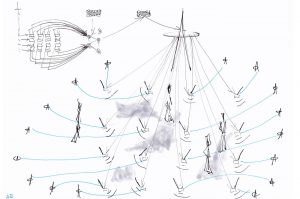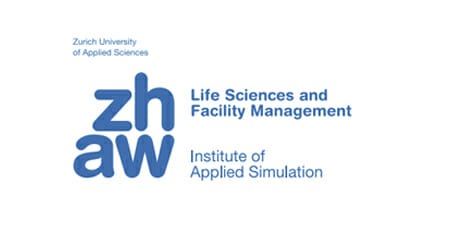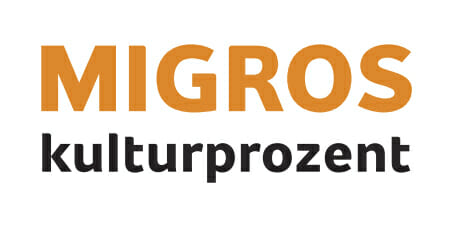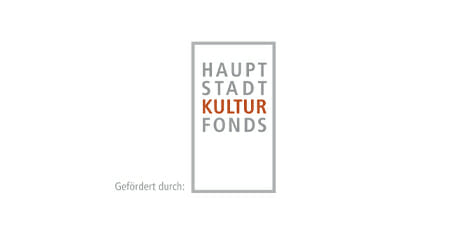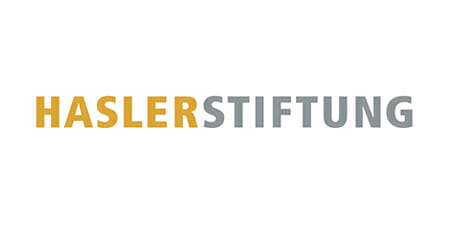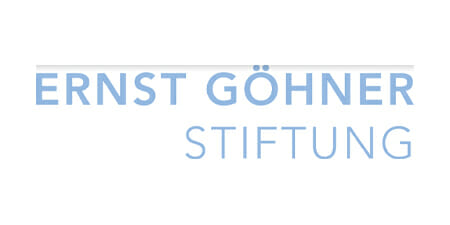Radiosands explores the emotional and aesthetic impacts created by an incisive manipulation of mediastreams. The installation is based on an old acquaintance, the radio, that stands as archetype for various kinds of information streams.
An array of custom made radio receivers are positioned in the room. Via a specifically designed software each radio can remotely be turned on and off and its audio dynamics can be controlled. Thus a choreography of sonic cutouts permeates the space, applying chunks and bits of audio that are drawn in real-time from the various public radio streams.
Particles of spoken language build up sonic cascades that spread throughout the space. Snippets of pop and classical music become rhythmically arranged amongst the diverse radio sets. Granular pieces of broadcasts cross the exhibition site like an acoustic swarm… Visitors can move freely through the room experiencing the sonic architecture that is stretched by the multiple radio objects.


